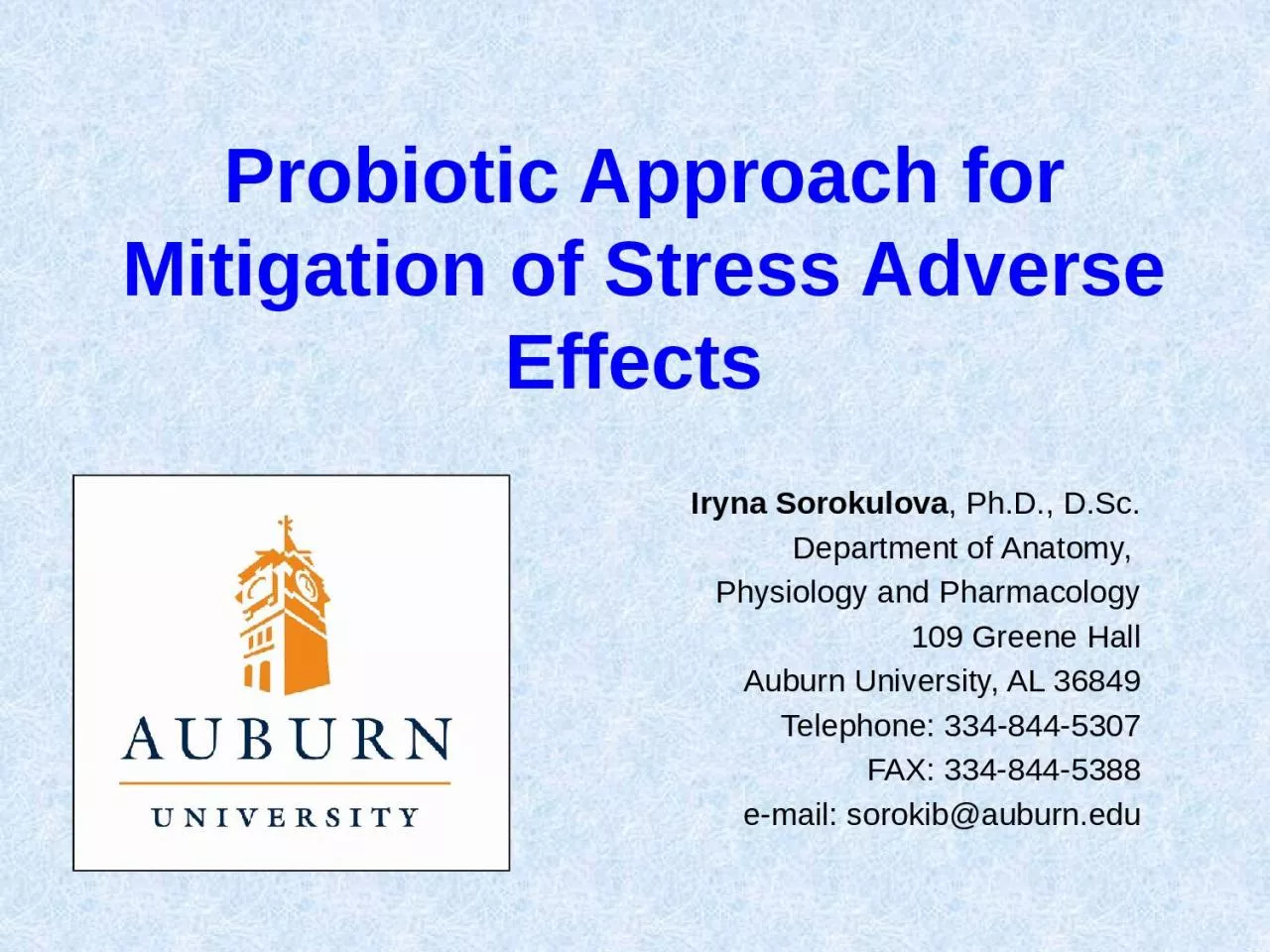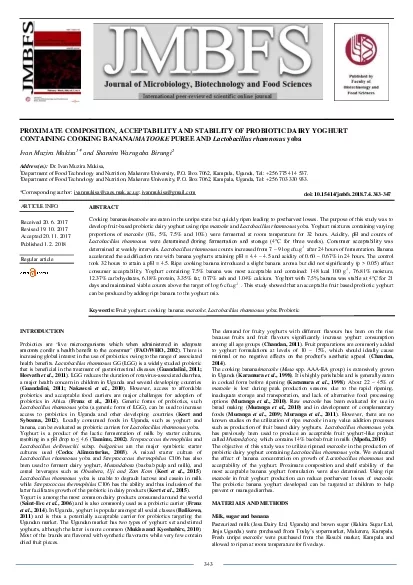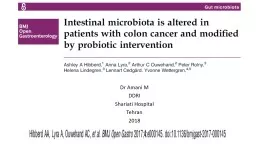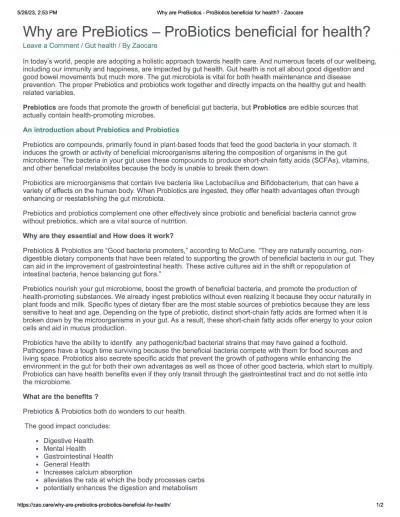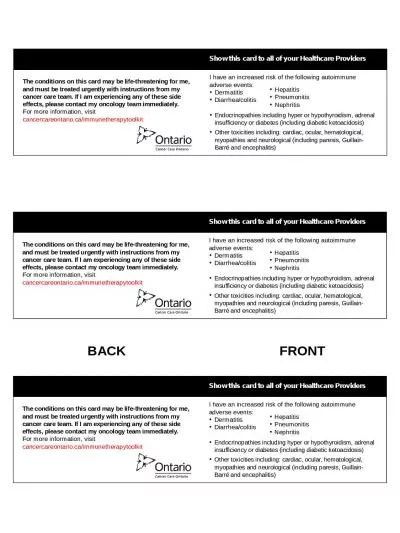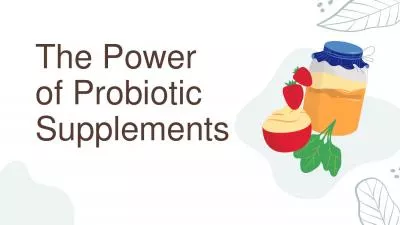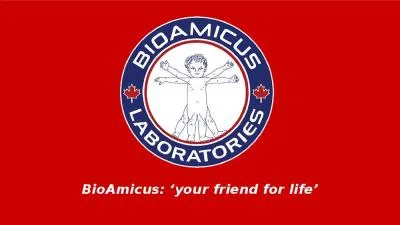PPT-Probiotic Approach for Mitigation of Stress Adverse Effects
Author : SunnySailor | Published Date : 2022-08-03
Iryna Sorokulova PhD DSc Department of Anatomy Physiology and Pharmacology 109 Greene Hall Auburn University AL 36849 Telephone 3348445307 FAX 3348445388 email
Presentation Embed Code
Download Presentation
Download Presentation The PPT/PDF document "Probiotic Approach for Mitigation of Str..." is the property of its rightful owner. Permission is granted to download and print the materials on this website for personal, non-commercial use only, and to display it on your personal computer provided you do not modify the materials and that you retain all copyright notices contained in the materials. By downloading content from our website, you accept the terms of this agreement.
Probiotic Approach for Mitigation of Stress Adverse Effects: Transcript
Download Rules Of Document
"Probiotic Approach for Mitigation of Stress Adverse Effects"The content belongs to its owner. You may download and print it for personal use, without modification, and keep all copyright notices. By downloading, you agree to these terms.
Related Documents

